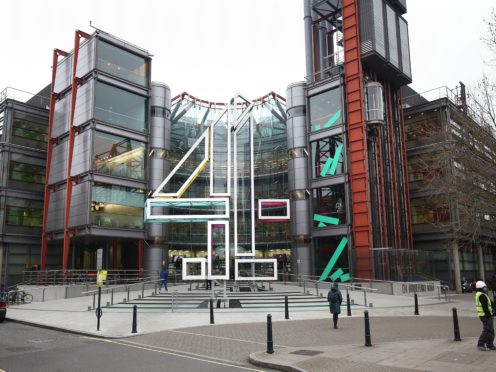A new TV show will deliver messages from terminally-ill people to their loved ones via their own hologram after they have died.
Channel 4 has announced Ghost (working title), which it describes as “a profoundly moving, revelatory and ultimately uplifting television first”.
Six terminally-ill people will “create incredible experiences to comfort the loved ones they are leaving behind, which will be delivered after their death”.
The contributors, of varied ages, will write and record messages for their closest relatives and loved ones.
“Using cutting-edge holographic technology,” the “deeply personal missives” will be “delivered post-mortem, by the subjects themselves in vivid, three-dimensional, holographic form, allowing them to appear as if from beyond the grave”.
Jonah Weston, Channel 4 commissioning editor for specialist factual, said: “Death is the ultimate taboo and I think many people find it hard to say what they really feel in those last moments.
“To have the chance to leave messages and final wishes for the people you love most is an incredible opportunity, and I am humbled by the people taking part and excited by seeing what they say from ‘beyond the grave’.”
Each contributor will create three or four personal messages, “encouraging those they love to move forward, heal old wounds, or chase their dreams”.
The messages could be a husband revealing a dating profile for his wife to encourage her to love again, or a mother leaving annual birthday messages for her children.
They will be delivered via their own hologram “in a range of settings pertinent to the contents of the message, whether a favourite restaurant or the family living room”.
“Death is an inevitable part of the life-cycle, but its finality is often abrupt and heart-rending. Working closely with British psychologists, bereavement experts and holographic technology we’ve created an opportunity to enable some families to see and remember their relative or friend looking and sounding vibrant and healthy in vivid 3D holographic form – delivering a personal message that could only come from them,” said Simon Andreae, the format creator of the show.
“We feel very privileged that the contributors have let us share their loss, and we hope the messages their loved ones have left comfort their families, help them cope with their grief and inspire them throughout their lives.”
The programme was one of several announced by Channel 4 director of programmes Ian Katz.
They include Lodgers For Old Codgers, in which lonely pensioners are paired up with hard-up millennials, and a series on female prisoners.
“At a time when the room for civilised public debate, for asking the most difficult questions, often seems to be contracting, I hope we are making space for the arguments and issues that others won’t,” said Mr Katz.
“Certainly, many of the shows I have talked about tonight are not ones that the global digital giants, even as they plough billions into new content, would be remotely interested in making.”
